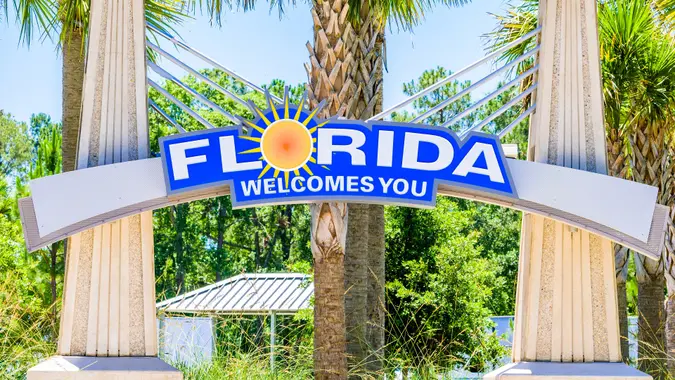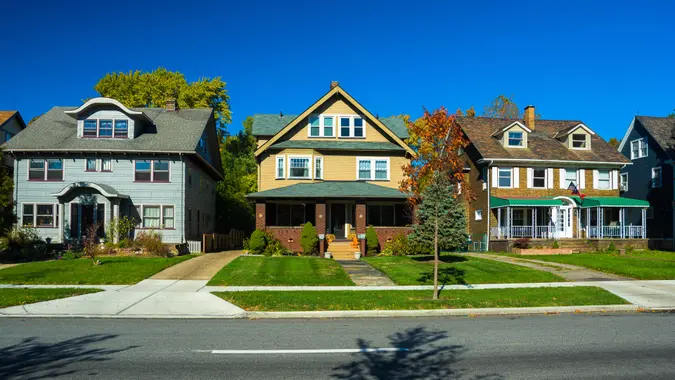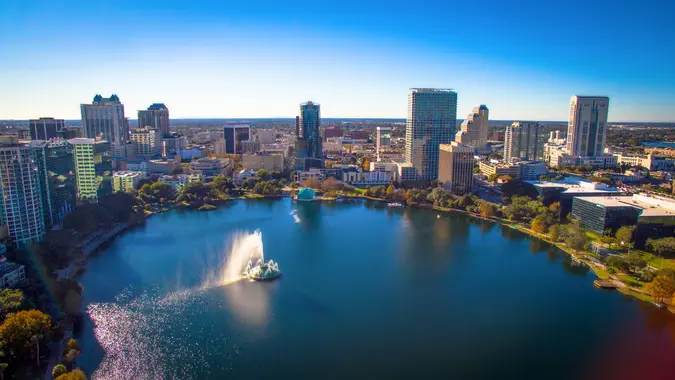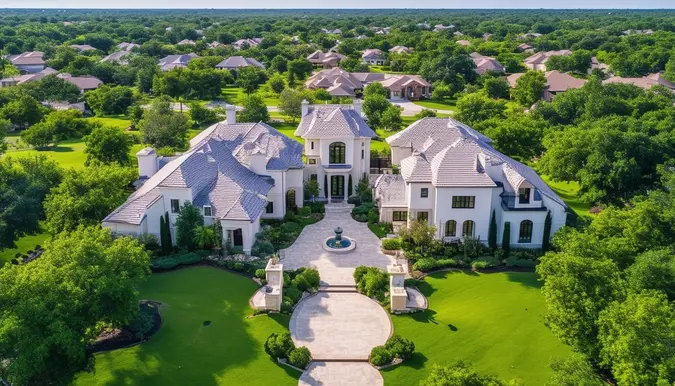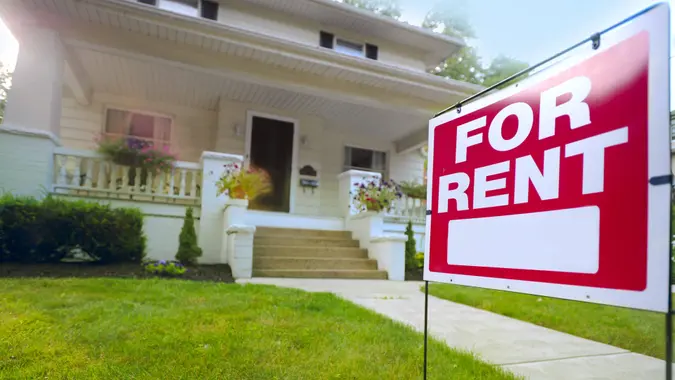7 Problems the Fed Rate Cut Won’t Fix When It Comes To Buying a House

Commitment to Our Readers
GOBankingRates' editorial team is committed to bringing you unbiased reviews and information. We use data-driven methodologies to evaluate financial products and services - our reviews and ratings are not influenced by advertisers. You can read more about our editorial guidelines and our products and services review methodology.

20 Years
Helping You Live Richer

Reviewed
by Experts

Trusted by
Millions of Readers
The median U.S. home costs a dizzying $412,300, according to the Federal Reserve. For many renters, that price tag puts homeownership out of reach. Yes, the Fed’s half-point mortgage rate slash in September helps. But it won’t fix the housing affordability problem on its own.
Here’s why the rate cut won’t solve the affordability issues for renters hoping to buy homes.
Mortgage Rates Remain High
In late September — after the Fed’s rate cut — the average 30-year fixed mortgage cost 6.08%, per Freddie Mac.
But rewind the clock just a couple years. The same loan cost 3.22% at the start of 2022 and 2.65% in January 2021.
Over the next year or two, rates may gradually float back to 4.5% to 5%. But don’t expect them to plunge back to those all-time lows in the foreseeable future.
Ditto for Home Prices
In the last four years, home prices have exploded by 47.1%, according to an analysis of the Case-Shiller National Home Price Index by ResiClub. That means they grew faster in the last four years than in the entire decades of the 1990s and the 2010s.
Sure, home prices have dipped a little over the last year. But most homeowners are content to simply wait out the current high interest rates and slight dip. With their low 30-year fixed mortgages and abundant equity, most don’t need to venture out into a bitter buying market right now.
Slim Inventory
Because most homeowners have sat on the sidelines waiting for interest rates to drop, housing inventory remains narrow. And you know what happens when high demand meets low supply.
From the mid-2010s through the start of the pandemic, housing supply gradually fell, according to data from the Federal Reserve Bank of St. Louis. Then, from early 2020 through early 2022, housing inventory collapsed, driving the enormous jump in home prices. After more than doubling in the first six months of 2022, and adjusting seasonally thereafter, inventory is trending upward. But at around 900,000 homes for sale in August, it remains well below the nearly 1.24 million homes available in August 2019.
High Building Costs
One reason housing supply has failed to keep pace with demand is that it has become much more expensive to build.
A study by the Structural Building Components Association found that from 2021 to 2023, construction labor costs grew by an average of 20%.
Material costs have also shot through the roof. Between February 2020 and February 2024, concrete jumped 33% in price, the National Association of Home Builders reported. Steel products leapt 77%. Stone and gypsum materials rose 48%. And so it goes.
High Homeowners Insurance Premiums
Last year, homeowners insurance premiums rose by double digits: S&P Global Markets Intelligence calculated the average increase to be 11.3%. That’s the weighted nationwide average, which includes states such as Arizona, Texas and Utah, where premiums shot up more than 20%.
Again, don’t expect relief any time soon.
Spiking Property Tax Bills
Higher home prices mean higher property tax bills. According to ATTOM Data Solutions, the amount of property taxes levied popped by nearly 7% last year, marking the highest jump in five years. The average tax on single-family homes grew 4.1%.
All of these factors add to homeowners’ monthly payments, further driving homeownership out of reach for many Americans.
Barriers to New Construction
Greater housing supply leads to greater affordability. When too many buyers all compete for a tiny supply of housing inventory, prices surge.
Which is one reason homeownership is so much more affordable in Texas than in California. The three largest cities in Texas built 300% more new homes than the three largest cities in California, according to Fortune. And that’s despite drastically smaller populations in the three Texas cities.
While home prices have grown by about the same percentage in California (74%) and Texas (71%) since 2016, when Zillow began tracking them, California prices are still rising while prices in Texas seem to have stabilized.
Home prices in California rose 5.1% last year, to a jaw-dropping $773,363. Compare that to the 0.1% decline in home prices in Texas, where the average home costs $301,627.
Meanwhile, the population in Texas surged by 473,453 last year according to the Census Bureau. California actually lost population, bleeding 75,423 residents.
While Fortune cited California’s shortage of land available for new construction as a major factor — land that doesn’t “bump up against oceans or mountains,” as Zonda chief economist Ali Wolf termed it — California’s stricter regulatory environment also poses a significant barrier to new construction.
If cities and states want more affordable housing, they need more housing supply. And no amount of rate cuts from the Fed will fix the shortage of a combined 1.5 million to 2 million single family housing units, including rental units, in the U.S., as reported by Goldman Sachs and Freddie Mac.
 Written by
Written by  Edited by
Edited by 




